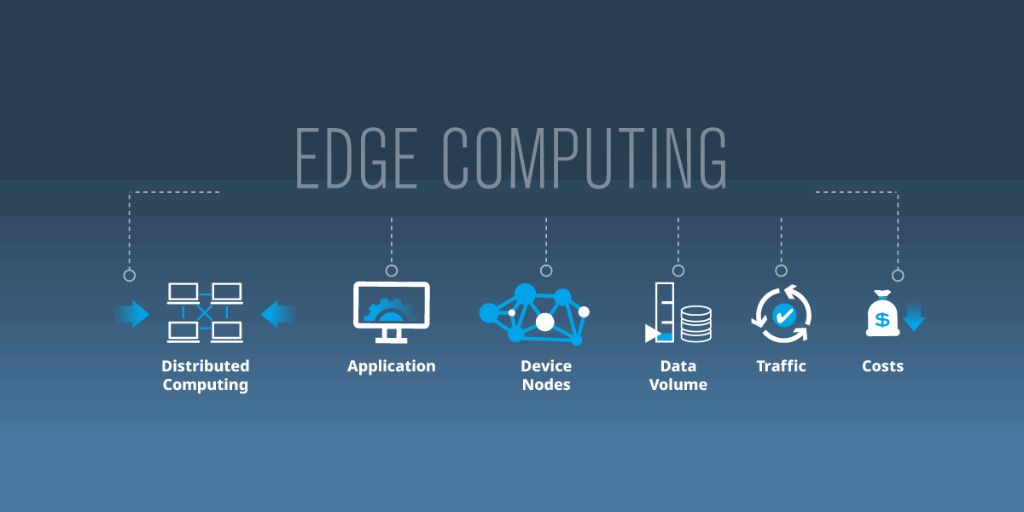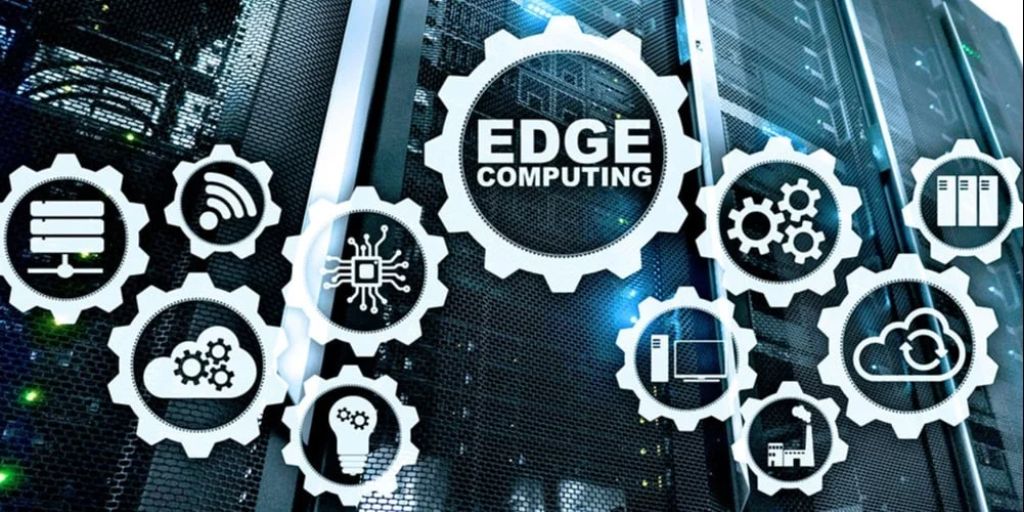As technology continues to evolve, the need for faster processing, real-time decision-making, and seamless connectivity has grown.
Edge computing is emerging as a crucial solution to meet these demands, transforming industries from healthcare to manufacturing. But what exactly is edge computing, and why is it becoming so important in today’s data-driven world?
1. Understanding Edge Computing
Edge computing refers to the practice of processing data closer to its source, rather than relying on a centralized cloud data center. Traditionally, devices like smartphones, IoT (Internet of Things) sensors, and other smart devices send data to remote servers for processing. With edge computing, data is processed locally, at or near the “edge” of the network, often on devices themselves or at nearby edge servers.
This model contrasts with cloud computing, where data travels long distances to centralized data centers for analysis and storage. In edge computing, the processing happens closer to the point of data generation, significantly reducing latency and bandwidth usage.
2. How Edge Computing Works
At its core, edge computing involves distributing computing tasks to devices or local nodes that are geographically closer to where the data is generated. This could mean using a smart device’s onboard processor, a local server, or a nearby data center. These edge devices collect, process, and sometimes store data in real time, enabling immediate insights without relying on a centralized cloud service.
For example, in a smart factory, sensors placed on machinery could detect wear and tear. Instead of sending the data to a distant cloud server for analysis, edge devices on-site can process the data instantly, identifying potential issues and triggering alerts to prevent downtime.
3. Key Benefits of Edge Computing
-
Reduced Latency: One of the most significant advantages of edge computing is its ability to process data locally, drastically reducing latency. This is crucial for applications that require immediate feedback, like autonomous vehicles, industrial robots, and real-time analytics in healthcare.
-
Bandwidth Efficiency: Sending large volumes of data to cloud servers can be expensive and slow, especially when dealing with high-definition video feeds or vast IoT networks. By processing data locally, edge computing reduces the strain on network bandwidth, making it more efficient.
-
Improved Privacy and Security: Edge computing can enhance security by keeping sensitive data on local devices or in nearby edge servers, minimizing the risks associated with transmitting data across long distances. Additionally, local data processing can allow for faster responses to potential threats.
-
Reliability and Resilience: Since edge computing doesn’t rely on a single central server, it offers more reliability. If one device or server fails, other nodes can continue processing data independently, maintaining system performance and minimizing disruptions.
4. Real-World Applications of Edge Computing
Edge computing is already transforming industries, powering innovations in several key areas:
-
Autonomous Vehicles: Self-driving cars rely on edge computing to process data from cameras, radar, and sensors in real time. The speed and accuracy required for vehicle navigation demand that decisions be made instantly, without waiting for data to travel to a cloud server.
-
Healthcare: In healthcare, real-time monitoring of patients’ vital signs using wearable devices and sensors can be enhanced through edge computing. Devices can immediately process data locally, alerting healthcare providers to potential issues without delay. This is particularly valuable in emergencies where minutes matter.
-
Smart Cities and IoT: Smart cities are being built with edge computing to manage everything from traffic lights and energy usage to waste management and air quality. Local devices can monitor and respond to real-time conditions, optimizing city functions and improving citizens’ quality of life.
-
Manufacturing and Industry 4.0: In manufacturing, edge computing enables real-time analytics and predictive maintenance for machines, reducing downtime and improving production efficiency. Sensors on equipment can detect problems early and trigger local actions, such as shutting down machinery before a breakdown occurs.
-
Retail and Customer Experience: Retailers are adopting edge computing to improve in-store customer experiences through smart shelves, personalized ads, and automated checkouts. By processing customer data locally, these systems can offer tailored recommendations in real time.
5. The Relationship Between Edge Computing and Cloud Computing
While edge computing is gaining momentum, it doesn’t replace cloud computing. Instead, both technologies complement each other. Edge computing handles tasks that require low latency or real-time responses, while cloud computing manages large-scale data storage, analysis, and complex computations that don’t require instant feedback.

In practice, edge computing and cloud computing work together in a hybrid model. For instance, data can be processed at the edge for immediate actions, and the non-urgent or historical data can be sent to the cloud for further analysis, machine learning, and long-term storage.
6. Challenges of Edge Computing
Despite its benefits, edge computing is not without challenges:
-
Data Management: As more devices generate data at the edge, managing, storing, and analyzing this data can become complex. Organizations need robust infrastructure and software solutions to manage the flow of data from edge devices to cloud systems.
-
Security Risks: Although edge computing can improve security by reducing the amount of sensitive data sent to the cloud, it also introduces new risks. Edge devices may be more vulnerable to attacks, and securing numerous decentralized devices can be challenging.
-
Scalability: As more devices are added to edge networks, the challenge of scaling the infrastructure to handle additional data and processing power grows. This requires careful planning and investment in scalable technologies.
7. The Future of Edge Computing
As technology continues to advance, the role of edge computing will only become more significant. The proliferation of IoT devices, 5G networks, and artificial intelligence (AI) will drive the need for faster, more efficient data processing at the edge.
5G, in particular, will provide the high-speed, low-latency connectivity needed for edge computing to flourish. With 5G networks enabling faster data transfer and more devices connecting to the internet, the potential applications of edge computing will expand across industries, further pushing the boundaries of what’s possible.
Conclusion
Edge computing is changing the way we think about data processing and storage. By bringing computing power closer to the data source, edge computing offers faster, more efficient, and more secure solutions that are crucial for today’s connected world. From autonomous vehicles to healthcare and smart cities, the impact of edge computing is already being felt across numerous sectors, and its importance will only continue to grow as we move into the future.



